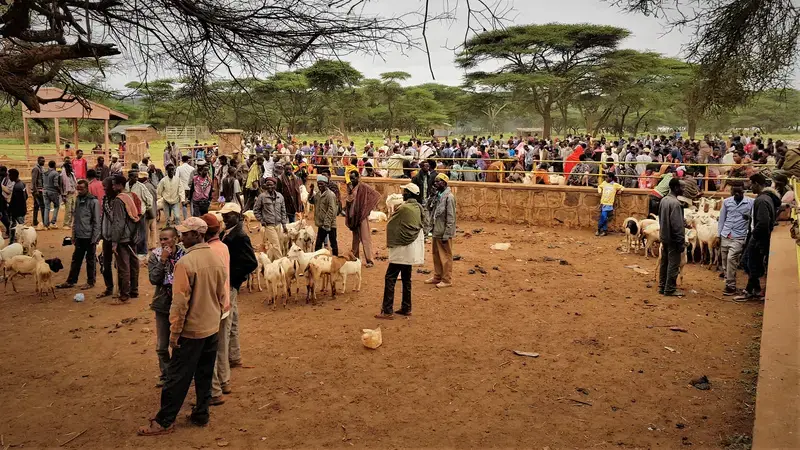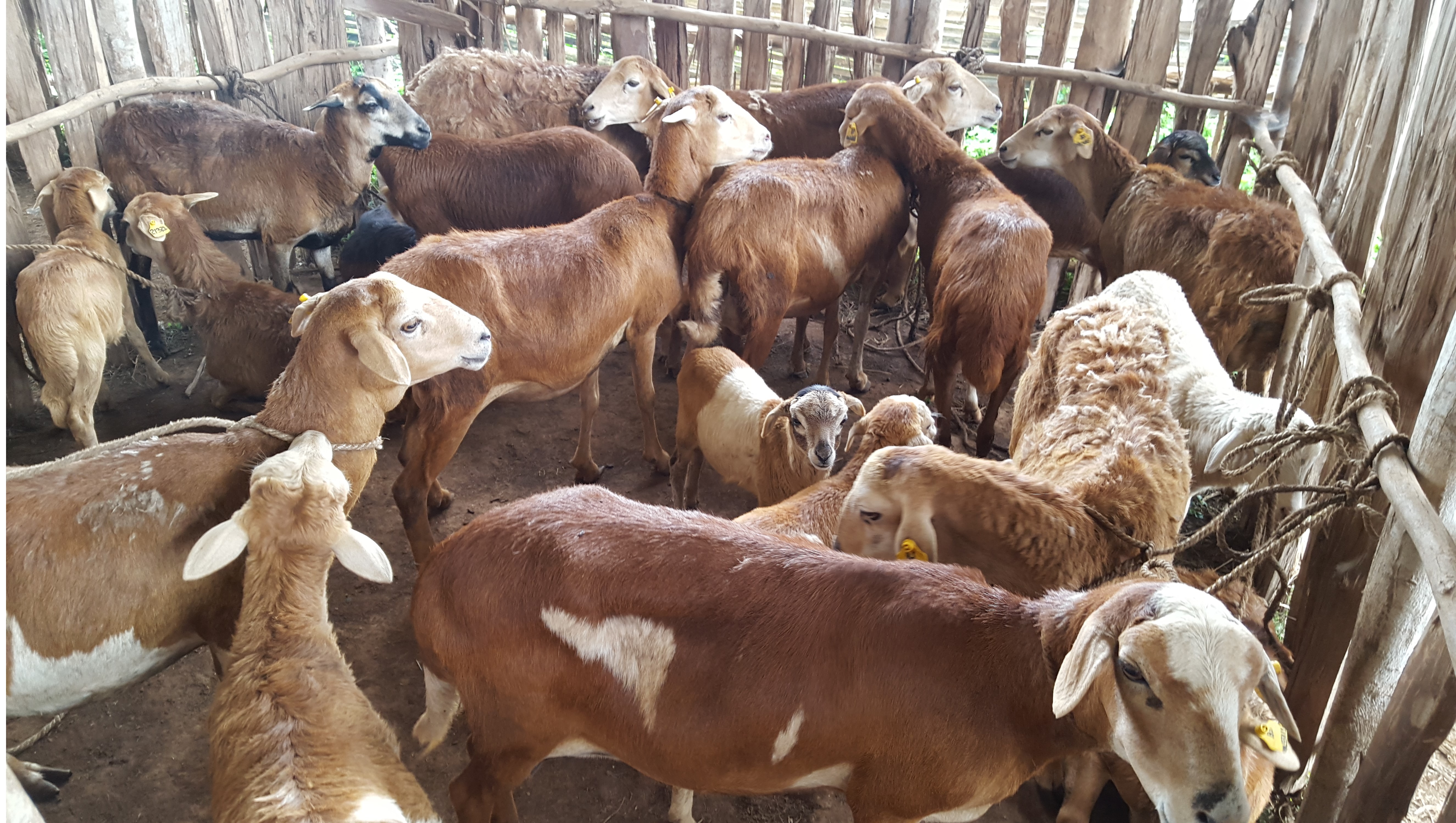Beyond Milk and Meat: Prioritizing Traits That Matter to Pastoralists in Ethiopian Goat Breeding Programs

ICARDA's Resilient Agro-Silvo-Pastoral Systems (RASP) team has published a paper that identifies preferred traits in goats by pastoralists in Ethiopia. Understanding these preferences is crucial for designing improvement and conservation strategies for sustainable pastoralism in the country.
Indigenous livestock breeds in Ethiopia are known for their adaptability and resilience, but productivity per animal is low in absolute terms. The researchers suggest this has driven research and development to introduce exotic breeds with higher milk and meat yield. However, the study demonstrates that smallholder farmers in Ethiopia are not actually interested in these breeds because of their lack of resilience in environments becoming harsher as climate change impacts increase. Even indigenous breeds now show signs of less resilience due to the combined impacts of increased heat, drought, and disease.
In rural Ethiopia, goats are the most versatile and dominant small ruminant species. For rearing and selling purposes, rural farmers are interested in traits such as body conformation (physical size, shape, and structure) and libido, while in harsh pastoral environments, adaptation traits like disease resistance, drought tolerance, and heat resistance are more important.
ICARDA researchers used two designs of discrete choice experiments to better understand the pastoral and agro-pastoral communities' preferences for traits of bucks and does in southern Ethiopia, an epicenter of pastoralism and agro-pastoralism. The first design included all significant variations of the traits, referred to as All-Levels (AL) designs, and the second design focused solely on the End or final points of the evaluated traits, referred to as End Point (EP) designs. They found that both designs consistently showed that heat/drought tolerance and white coat color are the two traits of the buck most valued by pastoralists, followed by disease tolerance. The EP experiment also showed that heat/drought tolerance, disease tolerance, and white coat color are the three most essential traits, followed by kid vigor.
The study suggests that developing improved goat breeds with better disease resistance and heat tolerance could help pastoralists enhance their livelihoods through improved ruminant productivity. Researchers recommend the development of demand-driven breeding or genetic resource management interventions by research organizations like ICARDA in partnership with National Research Institutions to address the urgent priorities of the target community.
The results of this study can inform National and International research policy by providing valuable insights into the traits that matter to smallholder farmers in Ethiopia and regional drylands. Further, by including farmers in designing and implementing breeding programs, we can improve overall productivity and livelihoods while developing sustainable pastoralism under the intensifying climate crisis.
Read the complete publication: Understanding pastoralists' preferences for goat traits: Application of all-levels and endpoint choice experiments | ICARDA
Authors:
Girma T. Kassie, ICARDA, Rabat, Morocco
Awudu Abdulai, Department of Food Economics and Food Policy, University of Kiel, Germany
Aynalem Haile, ICARDA, Addis Ababa, Ethiopia
Mulugeta Yitayih, ILRI, Addis Ababa, Ethiopia
Woinishet Asnake, ICARDA, Addis Ababa, Ethiopia
Barbara Rischkowsky, ICARDA, Addis Ababa, Ethiopia
This research was conducted as part of the CGIAR Research Program on Livestock. ICARDA Thanks all donors and organizations globally supporting its work through their contributions to the CGIAR Trust Fund.

